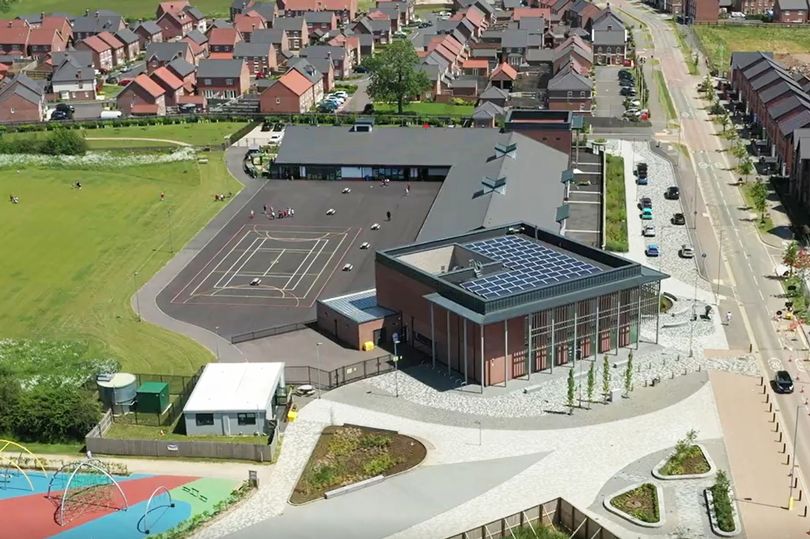All needs assessments/strategies, as standard, provide detailed scenarios setting out the level of future demand generated from population increases derived from housing growth. In the case of indoor and built facilities strategies (IBF) and playing pitch strategies (PPS) they also, as appropriate and applicable, detail the associated costs of supplying increased sports provision using Sport England’s calculators.
In our expereince, developments of 600+ dwellings tend to generate demand for the creation of new outdoor sports provision. The presumption is that larger housing expansion schemes will generate demand for sports such as football. Consideration is normally given to the potential for provision of multi-pitch sites with suitable ancillary provision i.e., clubhouse/changing facilities and car parking. Providing single, even double, grass pitch sites is no longer considered to offer long-term sustainability for pitch sports.
An early KKP foray into major new settlement planning was the Elms Park development in Northwest Cheltenham on the boundary of Cheltenham and Tewkesbury authorities. This incorporated plans for 4,000+ homes and the best practice and design considerations provided followed our production of the joint authority Social, Sport & Open Spaces Study (including PPS).
Primarily though, our needs assessments/strategies are key to informing the need for sports provision to be secured as part of strategic housing developments. Initial proposals on the 5,500 dwelling Hanwood Park development in Kettering – particularly in relation to provision of artificial pitches for hockey, were challenged, updated and improved following our production of the 2020 Kettering PPS, IBF and Open Space Study. The overall process was testament to the fact that constructive and open dialogue with NGBs is critical to successful development of new provision. Crucially, it is not just about providing the facilities, but assessing who is going to use them, at what level and based upon what degree of predicted community and sport value and sustainability.
Master planning for the 4,000+ home New Lubbesthorpe development in the Blaby District Council area was also informed by the Authority’s PPS. In addition to the inclusion of a range of woodland walks, cycle paths and green open space, the recommendations set out in its FA/Football Foundation generated local football facilities plan were also pivotal to the Authority securing funding for new leisure facilities and all-weather sports pitches plus full-sized 3G pitches linked to a new secondary school development.
The 2021 South Worcestershire IBF and PPS informed cross-boundary community swimming pool, sports hall, fitness and pitch provision requirements linked to housing development at a range of strategic development sites the largest of which, at 5,000 homes, was at Worcestershire Parkway.
In Carlisle, we have been assessing the provision required to service demand generated by the new resident base in the St Cuthberts Garden Village which will have a planned 10,000 homes. Plans for recreation and leisure provision are being informed by the City’s Playing Pitch & Outdoor Sports Strategy 2022. It is likely to include at least one sports hub plus community use provision at the new secondary school. Of all the sites included in the Government’s Garden Village programme, St Cuthbert’s is one of the largest in terms of potential capacity and is among the most ambitious development projects being actively progressed in the north of England.
Bringing things right up to the present, the Colchester & Tendring Borders Garden Community (8,000 homes) is being informed via the joint-authority commissioned Colchester & Tendring Open Space, Sport & Recreation suite of studies (including IBF, PPS and open spaces strategy) 2023 and the Lancaster South, Bailrigg Garden Village will be informed via the Open Space Study and new PPS which will be completed by mid-2023.
The Government believes that the development of locally-led garden towns and villages has the potential to deliver the homes that communities need and that, in addition to providing new homes, they also bring new jobs and boost local economies. Whether one agrees with this form of development as a way forward, the quality and scale of open space, sport and leisure provision is pivotal to the subsequent quality of life in these new, and the adjacent existing, communities. Key to this is having a full understanding and evidence base – and ensuring that it is fully addressed.
Claire Fallon is principal consultant and director at KKP
Picture courtesy of the Leicester Mercury
February 2023

